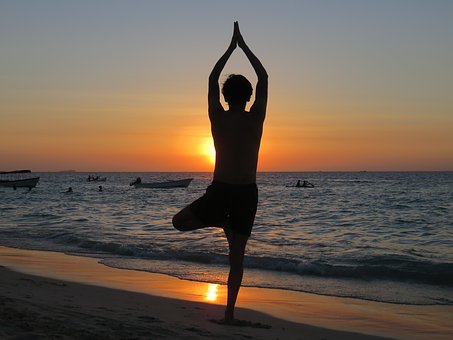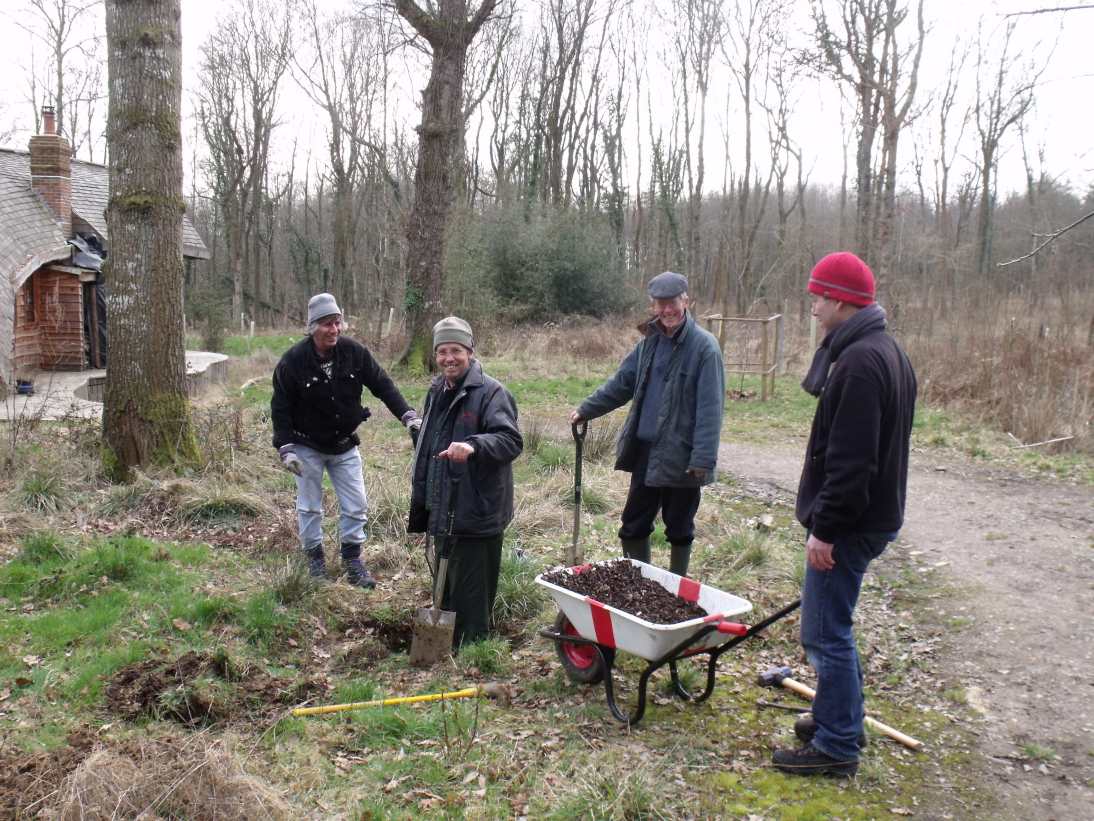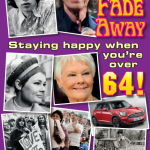
 I believe that shipwreck and re-invention are the healthy essence of the mid-life crisis, and I did mine pretty thoroughly. Two weeks before my 50th birthday, I moved out of my 27-year old marriage, leaving the family home and my two daughters. The following year brought depression, a cancer scare, and the loss of my main client for training work. It took me several years of turmoil to find myself again, but I had some rich adventures on the way, including blind dating, learning to cook, tantra groups, and a lot of solo time at Hazel Hill Wood, the retreat centre I have created.
I believe that shipwreck and re-invention are the healthy essence of the mid-life crisis, and I did mine pretty thoroughly. Two weeks before my 50th birthday, I moved out of my 27-year old marriage, leaving the family home and my two daughters. The following year brought depression, a cancer scare, and the loss of my main client for training work. It took me several years of turmoil to find myself again, but I had some rich adventures on the way, including blind dating, learning to cook, tantra groups, and a lot of solo time at Hazel Hill Wood, the retreat centre I have created.
I see the core of my writing as natural happiness: showing people how to cultivate their wellbeing and resilience through parallels with Nature. However, my second and third published books are both about creative ageing. This is clearly a major theme of interest for me, which started with the crisis I’ve just described. My first book, The Natural Advantage: Renewing Yourself, was published in 2000, when I was 52, and was one fruit of my mid-life crisis. It took another 10 years, until I was 62, for me to get some perspective on my own mid-life journey, and to start writing what became my second book, Out of the Woods: A Guide to Life for Men Beyond 50.
I wrote my second book specifically for men for three reasons: firstly, I believed that I understood their journey quite well, not only from my own experience, but from many years of involvement in men’s groups. Secondly, because I could see that men needed help more than women, as shown by the high rates of depression, addiction and other problems at this age. The third reason was that I was afraid that if I wrote a book on creative ageing for men and women, women would bite my head off and tell me I didn’t know what I was talking about.
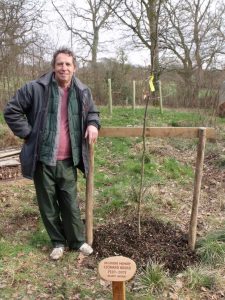
In fact, my experience of researching and promoting Out of the Woods was that women understood the issues of creative ageing, and why men needed the book, far better than men did. I was emboldened to start running workshops for mixed groups on creative ageing, but with a female co-leader!
By the age of 67, I realised that I was hitting another stage in my own creative ageing process, with turning 70 now on the horizon: this felt seriously old, and I realised that I was not entirely walking my talk about the upsides of growing older.
It’s fair to say that the impetus for writing Not Fade Away was quite personal: I wanted to unpack and work through my fears of turning 70, and I was guessing that if this landmark was bothering me, it would also be bothering many other Baby Boomers. My research for the book, among women and men, suggests that many of the issues at this life stage are similar for both genders, whereas I saw more differences in the fifties. Not Fade Away aims to cover all the major issues around ageing for the Baby Boomer generation, with three major themes:
Value what you have
This is the focus of part 1 of the book, Finding your Gifts. Especially for people who are temperamentally anxious, like me, it’s easy to get preoccupied by worries about ageing. We need to make repeated, conscious choices to put more attention on the blessings of our life, and giving thanks for them. Doing this can really raise our morale, and make our experience of the average day a lot happier.
Be willing to face your fears
This is crucial in mid-life, around 50-60, but a fresh wave of issues is likely to hit us between 65 and 75. At this stage, we may have new challenges around health, money, partnership, plus elderly or dying parents, and facing the idea of our own mortality. Part 2 of my book, Digging the Challenges, offers various ways to do all this. I’ve seen many people at this age discover that it was taking more energy to suppress and deny the problems than to face them. Very often, there is useful wisdom in our fears if we can learn to talk with them, and there’s plenty of knowhow to help you
Take a fresh look
Over the past few years, I’ve been observing people who are in their seventies very closely. There seem to be two main patterns. Some people narrow down their life, deepen into old habits and beliefs, and just accept a steady loss of friends, work contacts and more. Others find the strength to re-invent themselves, and discover that the seventies can be a period of fresh growth, new friends, and great creativity. Part 3 of Not Fade Away, Fresh Maps, offers a range of new approaches which have helped me and others to do this. For example, one of these is Change the Story: recognise that recurring problems in our life often arise because we are repeating an old story from a painful childhood experience: if we can name the story, we can also name and consciously choose a more positive story to live by.
I’m glad to say that writing the book has helped me to move through my fears of turning 70, and I’ve had enthusiastic feedback from pilot readers. I hope that this book will help people of any age, from young adults through to the over-seventies. For example, the book explores what the 1960’s were about, and how all of us can draw on the youthful idealism, sisterhood and brotherhood of those times.
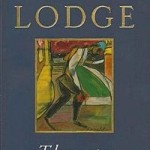


 Delegate to others more than you think you can safely do! You can’t do it safely. How did you learn? Don’t delay this!
Delegate to others more than you think you can safely do! You can’t do it safely. How did you learn? Don’t delay this!